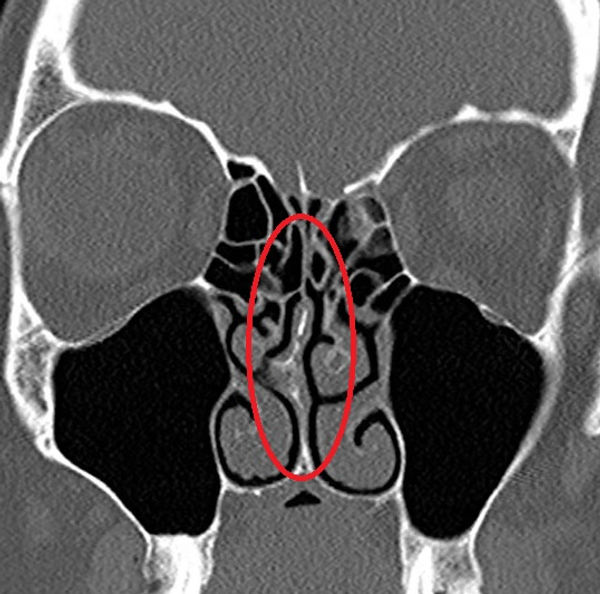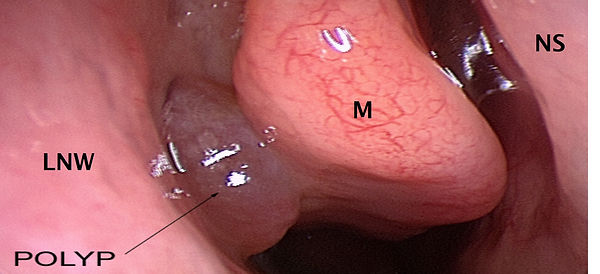Please find below some other nasal conditions and surgeries that I peform regularly, both within the NHS and at
Medicana Winchester Hospital

Septoplasty
Septoplasty = This is a procedure to straighten the middle partition of the nose. It is undertaken through a small cut on the inside of the nostril. It is a procedure to improve nasal breathing. It will not alter the outside shape of the nose.
It is often combined with a turbinoplasty, to trim the internal 'fin-like' structures on the inside of the nose to further benefit breathing.

Turbinoplasty
A turbinoplasty is an operation to help people breathe better through their nose. Inside the nose are soft, bony structures called turbinates that help clean and warm the air we breathe. Sometimes these turbinates become too large, causing a blocked or stuffy nose that doesn't improve with sprays or medicines. A turbinoplasty reduces the size of the turbinates, creating more space for air to flow. It’s usually done through the nostrils using small instruments and doesn’t change how the nose looks on the outside. Most people feel they can breathe more easily afterwards.

Chronic Rhinosinusitis
& Sinus Surgery
Chronic rhinosinusitis is a condition where the sinuses (the air-filled spaces behind your cheeks, nose, and forehead) become inflamed and blocked for more than 12 weeks. This can cause symptoms like a blocked nose, facial pressure, loss of smell, and thick nasal discharge. It often happens due to allergies, infections, or nasal polyps. When medications like nasal sprays, tablets, or rinses don’t help enough, sinus surgery may be recommended. This is usually done through the nose using a camera (endoscopic sinus surgery) to open the blocked sinuses, clear infection or polyps, and help you breathe and feel better.

Nasal Polyps
Nasal polyps are soft, painless growths that develop inside the nose or sinuses due to long-term inflammation. They often look like small grapes or swellings and can block the nose, making it hard to breathe, smell, or sleep properly. Polyps are not cancerous, but they can keep coming back, especially in people with asthma, allergies, or chronic sinus problems. Treatment usually starts with steroid nose sprays or tablets to shrink the polyps. If symptoms don’t improve, surgery may be needed to remove them and clear the sinuses.

Post nasal drip
Post-nasal drip happens when too much mucus builds up in the nose or sinuses and drips down the back of the throat. This can make your throat feel tickly or sore, cause coughing (especially at night), or give you a constant need to clear your throat. It’s often caused by colds, allergies, sinus infections, or irritants like smoke or pollution. Treatment depends on the cause and may include nasal sprays, antihistamines, saline rinses, or treating any underlying infection or allergy.
Allergic Rhinitis (Hayfever)
Allergic rhinitis, also known as hayfever, is when your immune system overreacts to things like pollen, dust mites, animal dander, or mould. This causes symptoms like a runny or blocked nose, sneezing, itchy eyes, and post-nasal drip. It can happen seasonally (especially in spring and summer with pollen) or all year round. Although it’s not dangerous, it can affect sleep, concentration, and quality of life. Treatment includes antihistamines, steroid nasal sprays, saline rinses, and avoiding triggers when possible. Surgery can occasionally be indicated if structural abnormalities in the nose are contributing towards poor medication delivery (e.g. deviated septum or large obstructing turbinates).